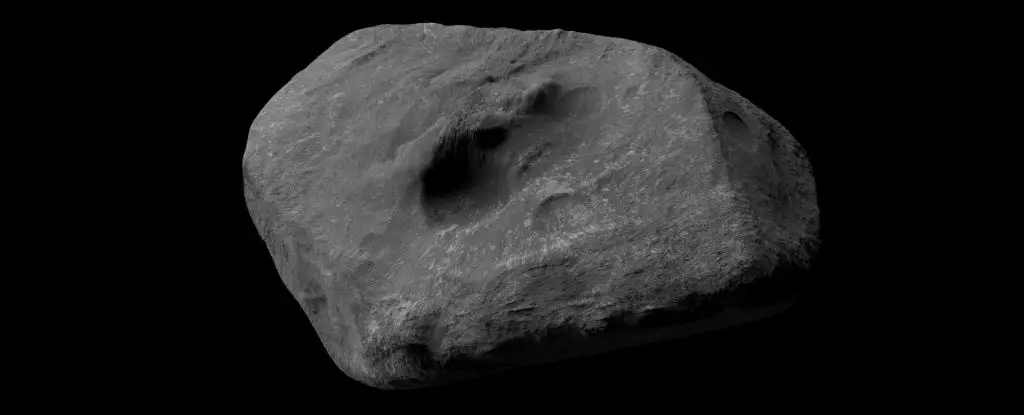In the cosmic dance of our Solar System, new players occasionally emerge, sending ripples of curiosity and concern across our planet. One such newcomer is asteroid 2024 YR4, which made its first appearance to humanity on December 27, 2024. For many, it felt as if this rock had sprung into existence from the void, but deeper investigation reveals a more intricate tale. This asteroid hails from the central region of the main asteroid belt, located between Mars and Jupiter—a place that astronomers previously underestimated as a source of Earth-crossing asteroids. The gravitational tug of Jupiter, typically a guardian of our inner Solar System, redirected 2024 YR4 toward our blue planet, igniting a chain of scientific exploration and potential apprehension.
The Science of Asteroid Characterization
The initial buzz surrounding 2024 YR4 focused not just on its arrival but on the implications of its trajectory. Although it posed no imminent threat during its initial approach, calculations suggested that by 2032 it could come alarmingly close to Earth. As this “city killer” asteroid captured the public’s imagination, astronomers were urged to delve deeper into its properties. Understanding an asteroid’s composition, size, and movement through the cosmos is critical for predicting its impact potential. Through sophisticated observational techniques using powerful telescopes like the W.M. Keck and Gemini South, astronomers like Bryce Bolin and his team have worked diligently to compile a comprehensive profile of 2024 YR4.
What Makes 2024 YR4 Unique?
The findings regarding 2024 YR4 are nothing short of fascinating. This asteroid spins once every 20 minutes and rotates in a retrograde manner—an unusual feature among its celestial counterparts. Its flattened, irregular shape resembles that of a hockey puck, diverging sharply from the more typical potato-like forms of many asteroids. Such physical characteristics provide insights into not only its formation but also its structural integrity. Bolin’s research highlights a critical aspect of asteroid analysis: understanding how these celestial bodies are formed aids in developing strategies for future deflection, should a threat arise.
A Deeper Dive into Asteroid Composition
Asteroids are categorized into various types based on their mineral makeup. The most prevalent category contains carbonaceous asteroids, which can have loose, rubble-like compositions. In contrast, 2024 YR4 is believed to be an S-type asteroid, characterized by a denser, more solid structure, likely composed of siliceous rock. This distinction is crucial for strategizing impact mitigation efforts in case of an impending collision with Earth or even the Moon, which still faces a slight risk from this cosmic wanderer. The conclusions drawn from examining 2024 YR4 not only illuminate the nature of this specific asteroid but also help refine our understanding of other hazardous asteroids lurking in the vastness of space.
The Implications for Planetary Defense
The repercussions of 2024 YR4’s discovery extend beyond mere academic interest. As the asteroid community becomes increasingly aware of objects capable of threatening our planet, there is a growing urgency to enhance planetary defense mechanisms. By analyzing 2024 YR4’s trajectory and properties, scientists are laying the groundwork for rapid-response techniques that can be deployed when similar asteroids appear without warning. These endeavors will transform how we engage with these celestial challenges, ensuring a proactive rather than a reactive approach.
The Future Is Uncertain Yet Intriguing
The unfolding narrative of 2024 YR4 serves to remind us of the unpredictable nature of our Solar System, where significant discoveries can arrive out of the blue. The potential of tracking and studying new asteroids means astronomers will keep their telescopes trained and their algorithms ready. As this “city killer” asteroid continues its orbit, it opens up questions about future encounters and what they could teach us about the broader tapestry of our cosmic neighborhood. The saga of 2024 YR4 is not just an isolated event; it symbolizes the profound connections between Earth and the ever-changing universe around us, sparking excitement and curiosity among scientists and space enthusiasts alike.

